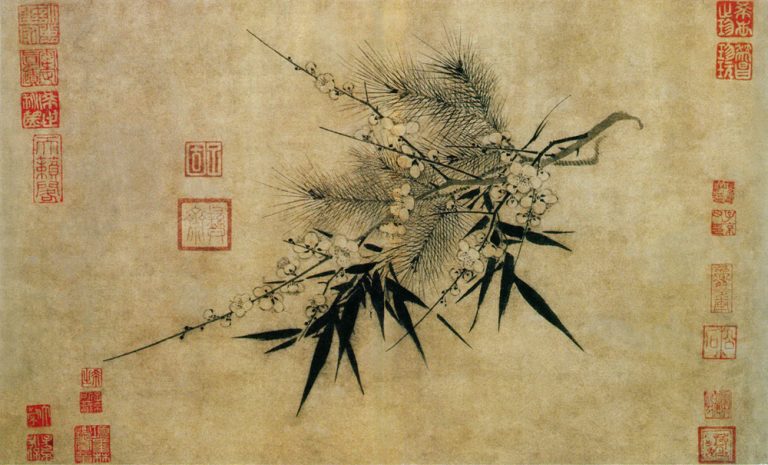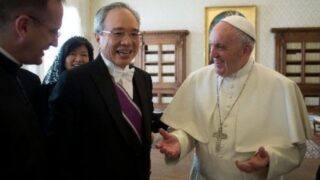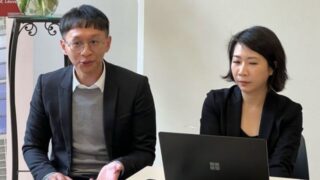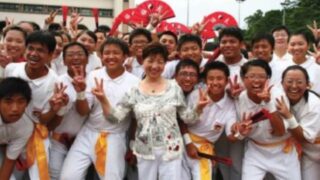Teachings about universal life energy (Chinese “Ch’i” or Japanese “Ki”) are attacked today as “cultic deviances.” They are in fact a great gift to humanity.
by Rosita Šorytė*
*A paper presented at the 2023 Parliament of the World Religions, Chicago, August 15, 2023.
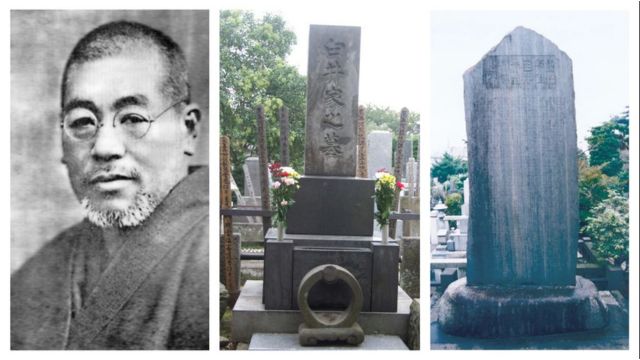

Last month, the United States Commission on International Religious Freedom published a report on the deteriorating conditions of freedom of religion and belief in the European Union. The report mentioned that in France a great number of religious and spiritual movements and practices are stigmatized as “dérives sectaires” (cultic deviances). The main accuser is French governmental agency called MIVILUDES, Inter-Ministerial Mission for Monitoring and Combating Cultic Deviances, whose reports have a great influence on French media. But, at the same time, MIVILUDES reports are routinely criticized by scholars for their prejudices and mistakes.
Coincidently also last July, French and Belgian media were reporting that the MIVILUDES had warned the French citizens against Reiki, described as a “pseudo-science” that may include “cultic deviances” and induce some to refuse to be treated by doctors with dangerous and possibly lethal consequences.
I myself practice Reiki and know perfectly well that Reiki is not and should not replace conventional medical treatment. The person with health issues should strictly follow medical healing protocols established by doctors. Reiki may be an effective energetic healing practice which combined with medical treatment may contribute to exceptional healing of a sick person. As in all big communities it is possible that some Reiki practitioners are dishonest or abusive, just as there are corrupt Catholic priests or corrupt French politicians and bureaucrats accused of misusing public funds, including the former president of MIVILUDES, who resigned in the last month of June for misuse of public funds. But this is not a reason to slander all Catholic priests, French politicians—or Reiki masters.
In fact, Reiki, developed in the early 20th century by a Japanese teacher called Mikao Usui and phenomenally successful throughout the world after it was brought to the West by a female master, Hawayo Takata, is simply based on the traditional Eastern Asian teaching that a universal energy, “Ki,” flows through the universe. With the help of a practitioner trained by an experienced master, this energy can be mobilized to restore imbalances and achieve physical, mental, and spiritual benefits.


The Japanese word “Ki” is the equivalent of the Chinese “Qi,” now more often transliterated as “Ch’i.” It corresponds to one of the two Chinese characters forming the word “Qigong.” Reiki is not a religion and has practitioners of all religions. However, scholars who studied the life of Usui noted that, although a Buddhist (his grave is in a Pure Land Buddhist temple in Tokyo), he studied for years esoteric Taoism (as well as Christianity).
Teachings about Ch’i are also at the heart of the experience of Tai Ji Men, whose Shifu (Grand Master), Dr. Hong Tao-Tze, has inherited a tradition rooted in esoteric Taoism. Tai Ji Men moves from a traditional version of Qigong as a way to slow down breathing to feel the pulse of nature. It teaches, however, that Qigong is much more than a set of breathing and physical exercises. It is in fact a key to unveiling the mysteries of life and the world. In traditional Taoism, Qigong practice can only be successful if the practitioner lives a good and principled life. This is the root of Dr. Hong’s teachings on the key role of conscience.
In Taoism, Ch’i is the original substance of the universe. In the ancient Taoist book “Lieh-Tzu,” attributed to a master also called Lieh-Tzu, who imparted his teachings around the year 400 BCE, we read: “There was a Primal Simplicity, there was a Primal Commencement, there were Primal Beginnings, there was a Primal Material. The Primal Simplicity preceded the appearance of the Ch’i. The Primal Commencement was the beginning of the Ch’i. The Primal Beginnings were the Ch’i beginning to assume shape. The Primal Material was the Ch’i when it began to assume substance.”
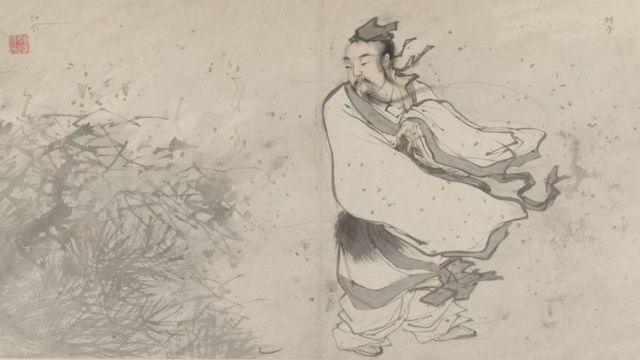

At the level of the macrocosm, the universe, the Ch’i guarantees the harmony of Yin and Yang. In the writings attributed to Lao Tzu himself, the semi-legendary founder of Taoism, we find the statement that “Ten Thousand Things carry Yin and embrace Yang; through unification by Ch’i they achieve harmony… Thus, we see that it is the function of Ch’i to unify the appearance (Yin) with the reality (Yang) of the Ten Thousand Things.”
At the level of the human microcosm, Ch’i is the life-force that is crucial for our physical and psychological well-being. The great Taoist master Chuang Tzu, who lived between the 4th and the 3rd century BCE reported that “Master Lieh-Tzu said to the Barrier Keeper Yin, ‘The perfect man can walk under water without choking, can tread on fire without being burned, and can travel above the Ten Thousand Things without being frightened. May I ask how he manages this?’ The Barrier Keeper Yin replied, ‘This is because he guards his Ch’i.’”
Practices promoting the good circulation of Ch’i are as old as Taoism. They include breathing techniques and physical exercises, but they were never presented as separated from self-cultivation and a good moral life.
Just as it has happened to Reiki, groups teaching Qigong have often been slandered as “cults” or what in Chinese are called evil “heterodox teachings” (xie jiao). Mainland China has banned several Qigong groups. It only allows Qigong to be practiced under the supervision of the government and in a version stripped of all spiritual references. In the case of Tai Ji Men, its teachings were slandered in the 1996 crackdown as a form of “spiritual fraud,” although Taiwanese courts finally recognized that there was no fraud, or more precisely the real fraud was in how false accusations had been fabricated.


It seems paradoxical, but those who help others and advocate for a harmonious life based on a healthy circulation of the vital energy and conscientious self-cultivation often meet with opposition, discrimination, and slander. One main reason may be that these teachings open the mind and teach to think independently, something authoritarian bureaucrats never like. However, teachings on Ch’i have sustained the spiritual experience of millions for more than two thousand years. They will remain when the memory of obtuse bureaucrats will have long since been forgotten.
In the 1950s, archaeologists found in China twelve jade pieces they dated to the sixth century BCE describing basic Qigong techniques and concluding with the warning: “Whoever follows this will live; whoever acts contrary to it will die.” The reference was to eternal spiritual life, the most important gift of them all, which Tai Ji Men and other genuine schools teaching how to mobilize Ch’i offer to our suffering humanity. For this, they should be commended and supported.
